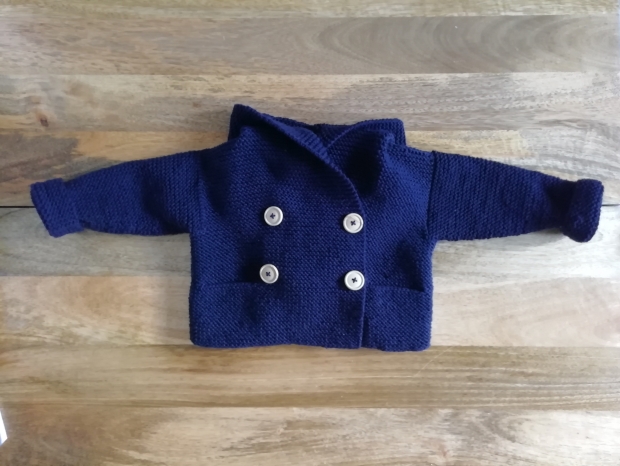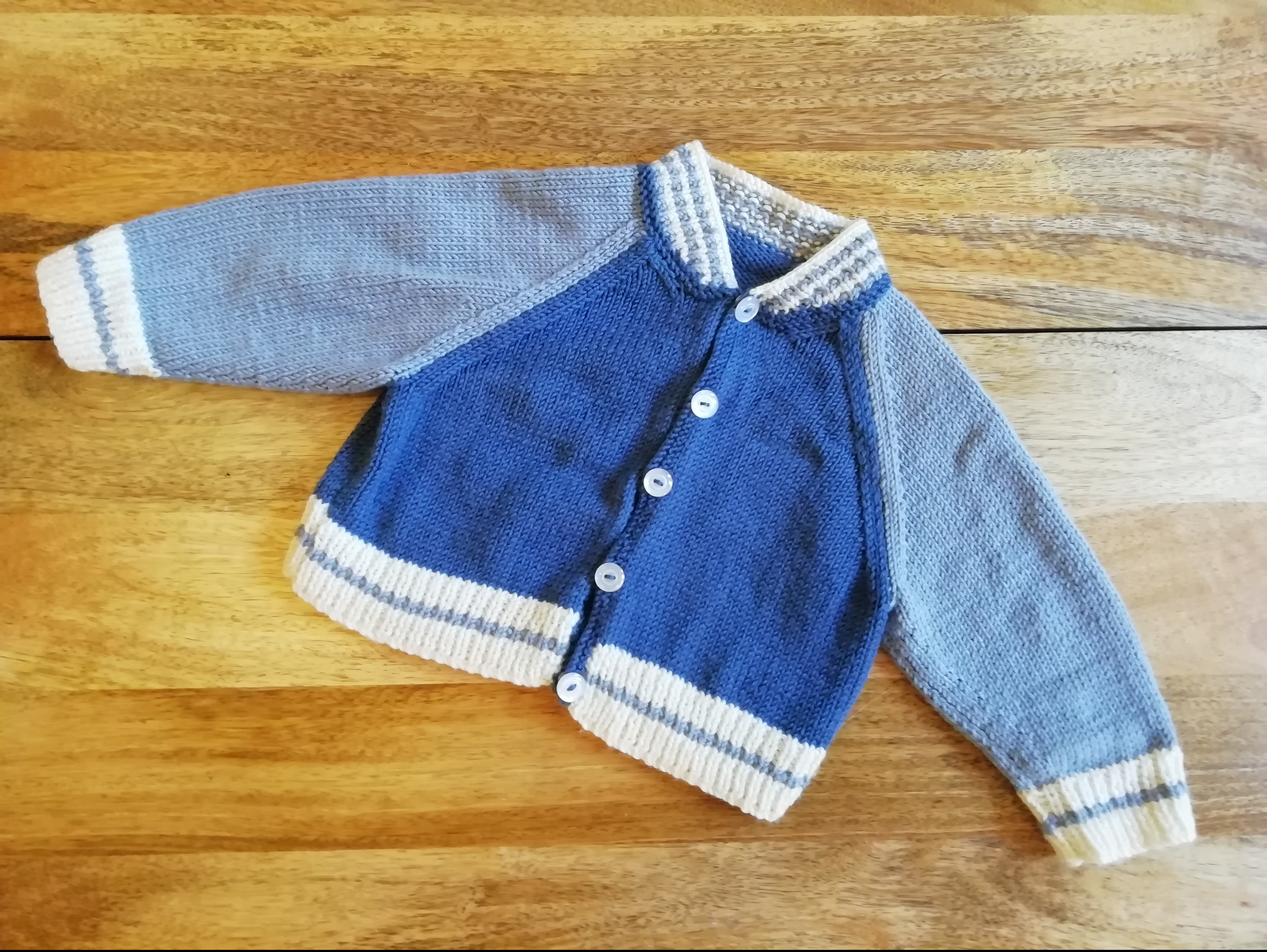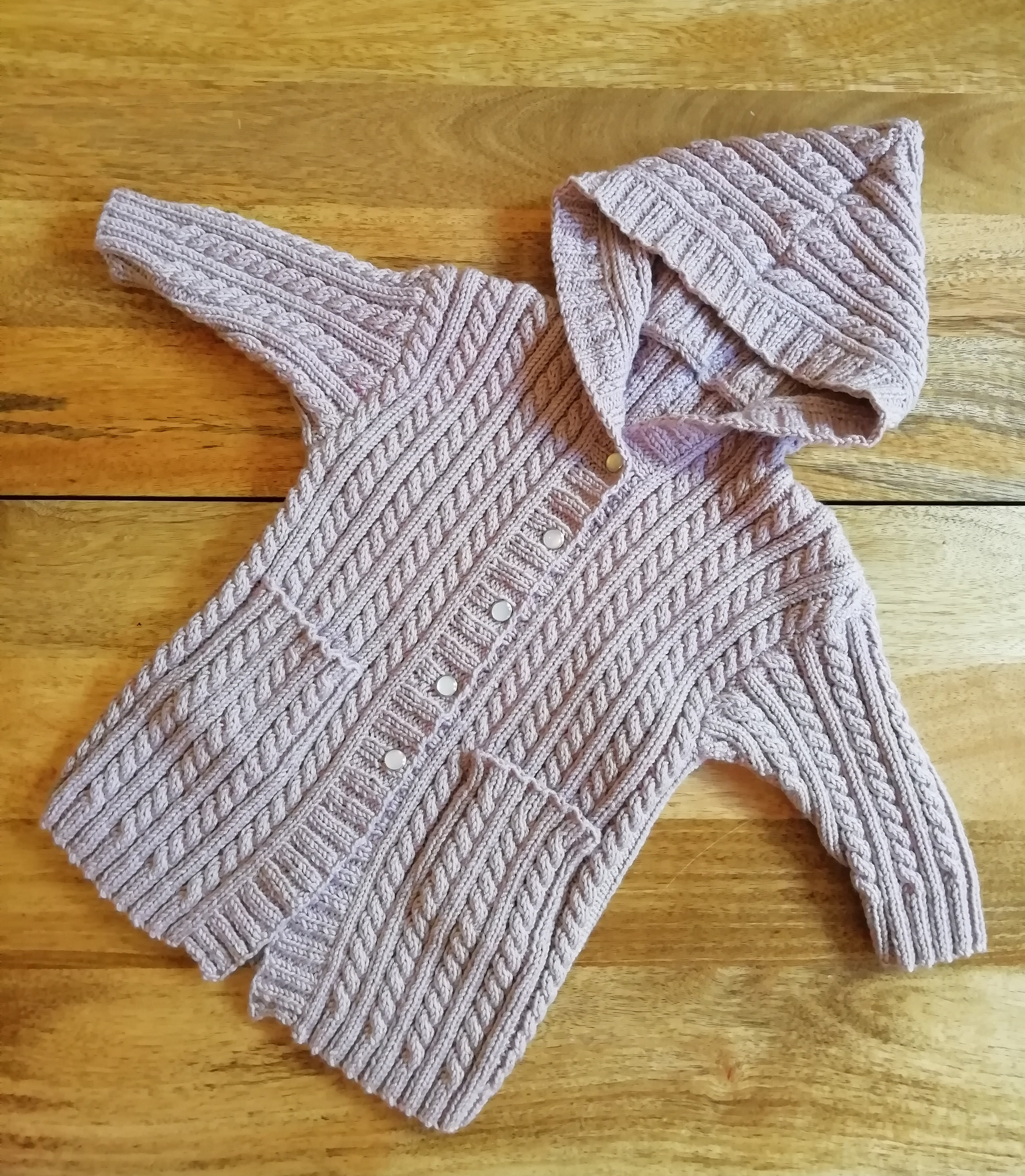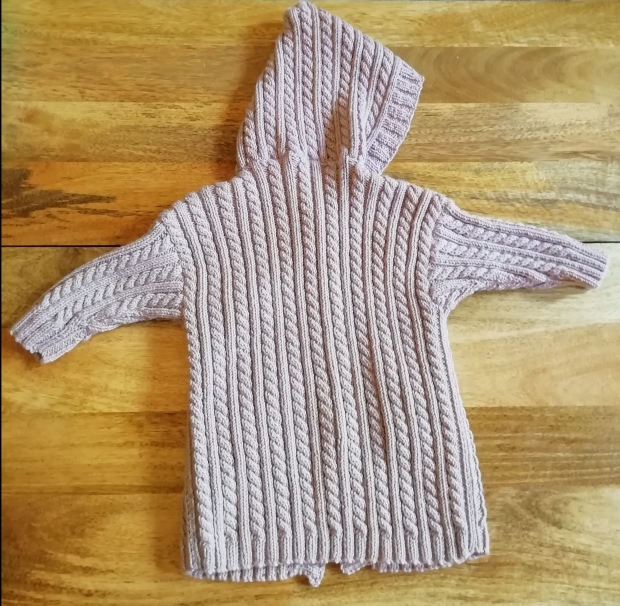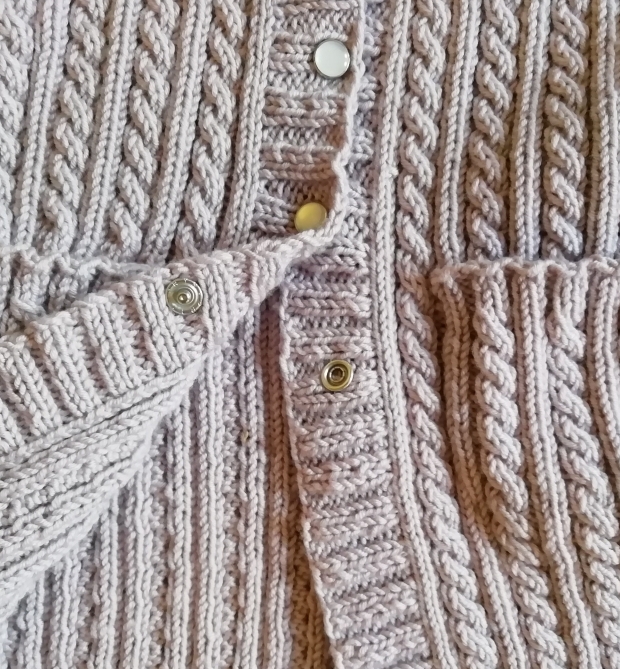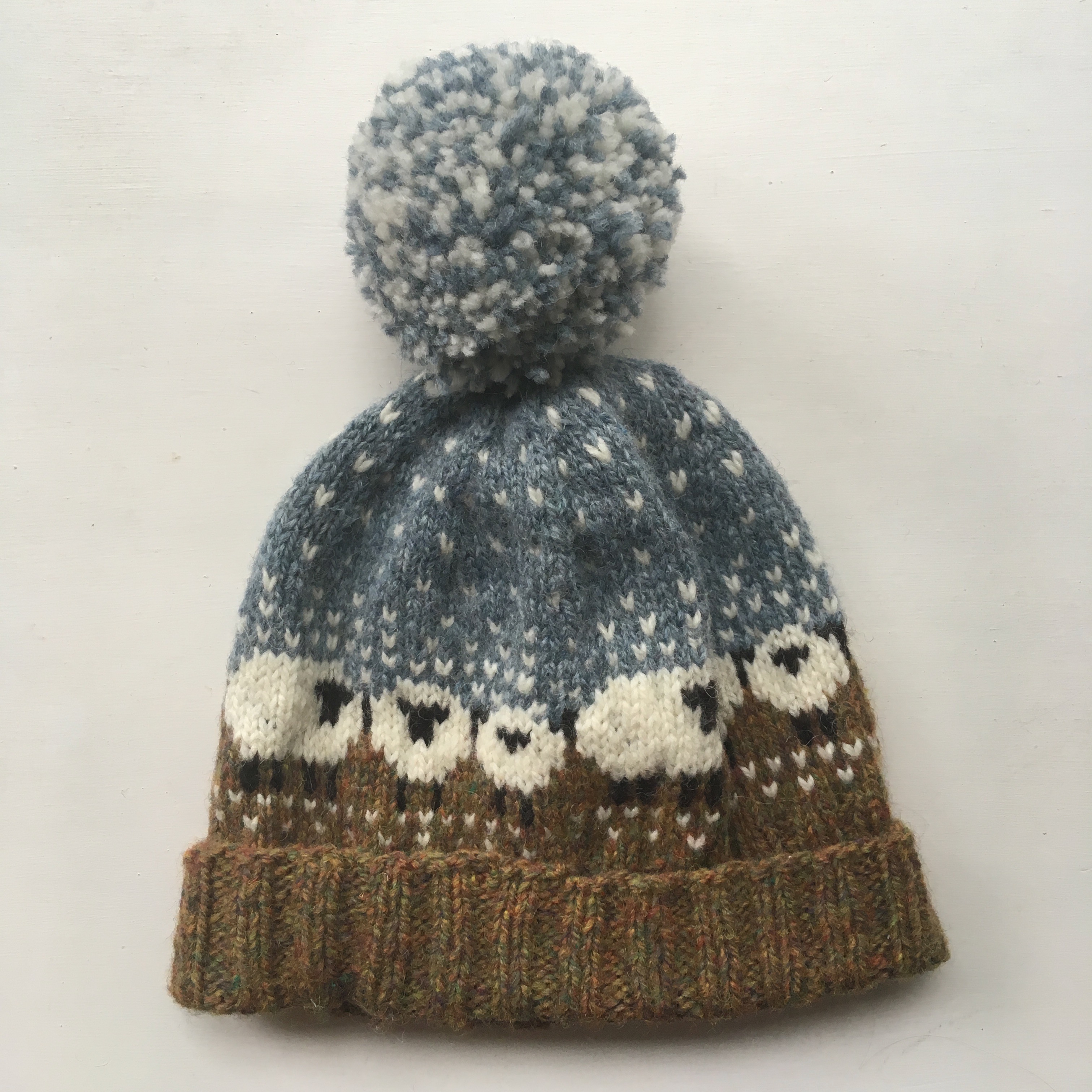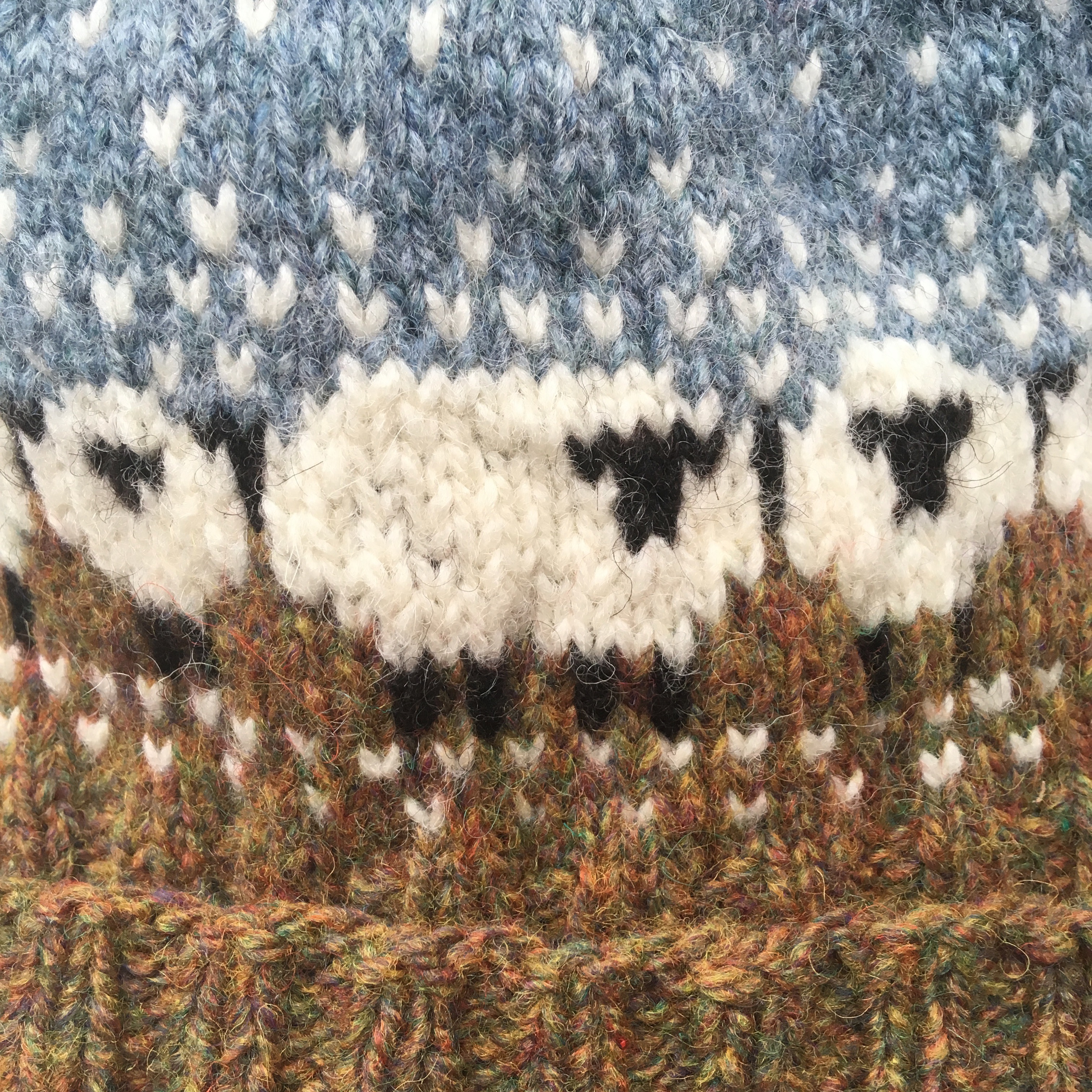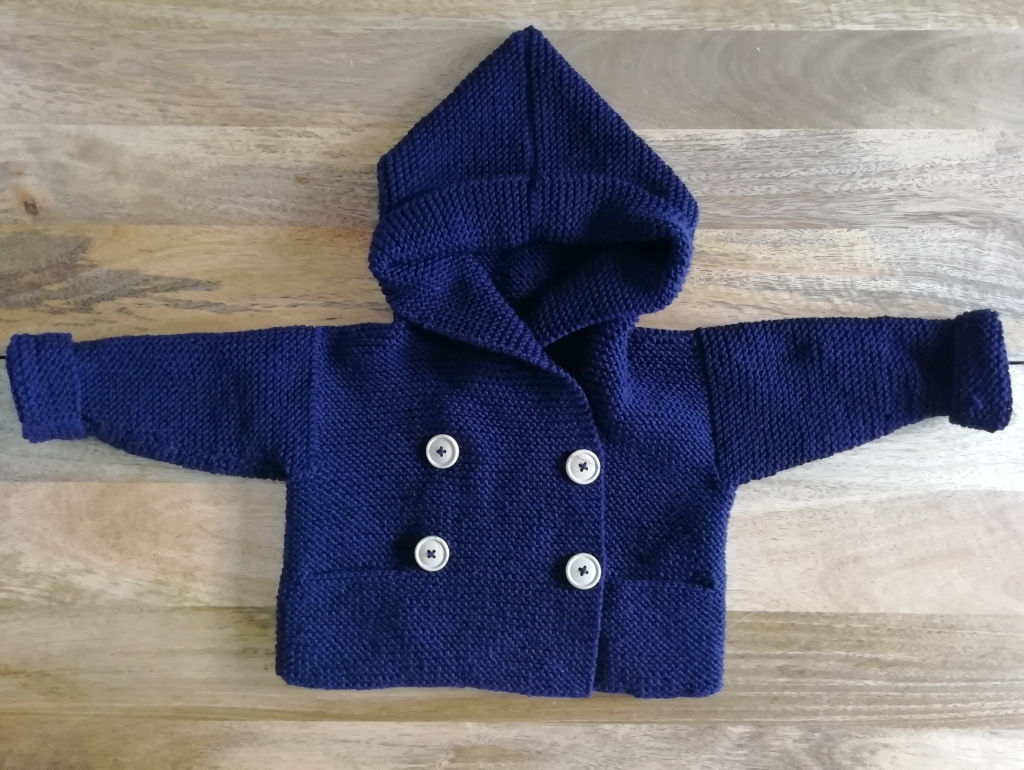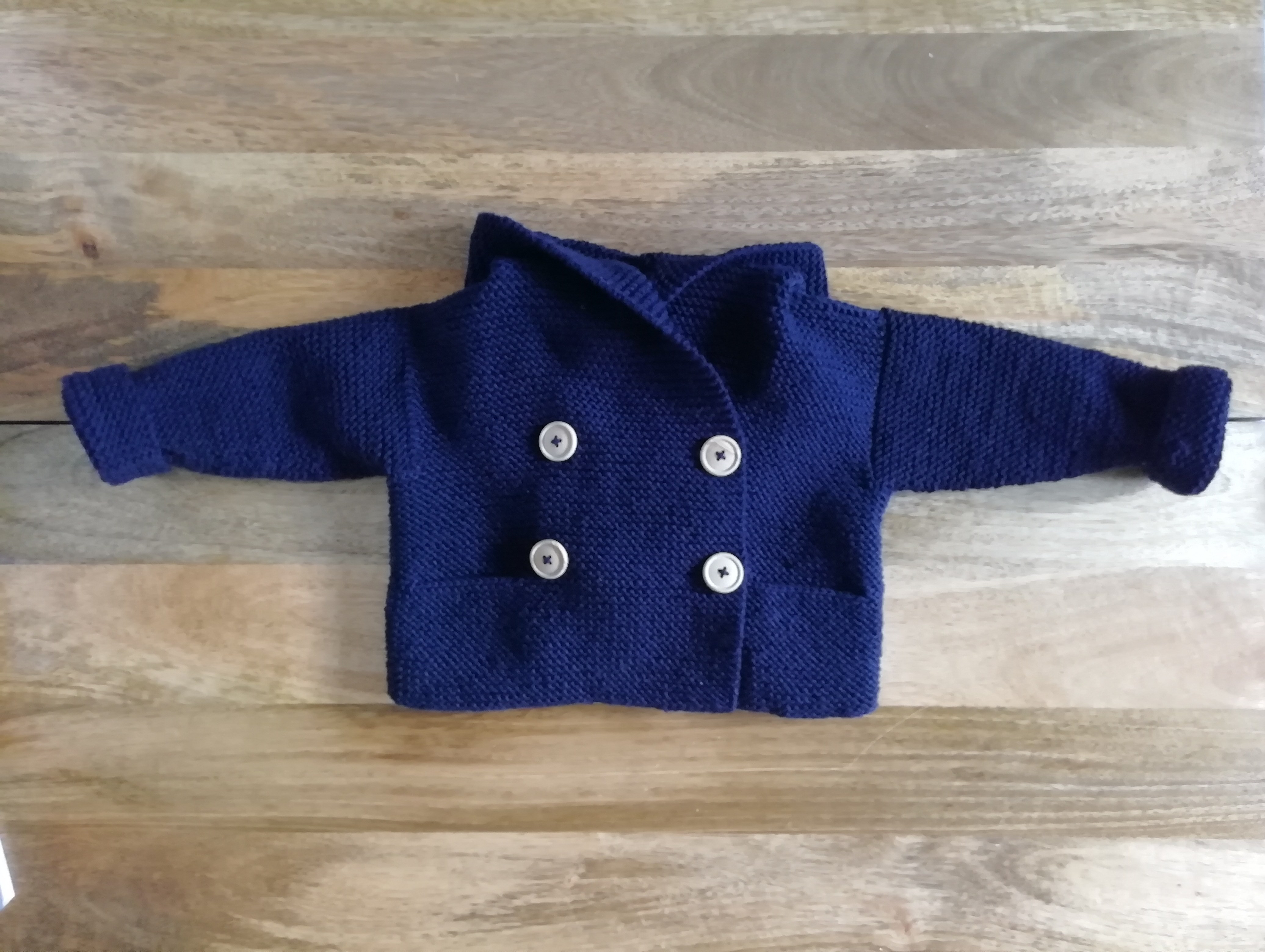
Ah, the jumper of dreams! This one was a long time in the making but absolute happiness in the wearing. The pattern is the glorious Fern and Feather by Jennifer Steingass. When I was knitting this for my best friend’s birthday last year (no picture, sorry!), I saw this amazing colour way by tempolinse and I found I just couldn’t get it out of my head.
Navy jumpers are my jam and a yoked navy jumper, well there was just going to be no stopping me! I knit this in Lettlopi, partly because I love it as a wool, but also because I already had the grey and white fade colours left over from previous projects. For me Lettlopi is affordable, warm and pretty much just a joy to knit with. Thoroughly recommended!
Although the pattern calls for more positive ease, I knew I wanted my jumper to fit closer to the body so I knitted the second size (basically no ease) with the smaller neckline. I’ll admit this could have ended badly and there was a pretty hairy point midway where I thought it was going to be too small! One of the best bits of knitting top down jumpers, though, is that you can try it on as you go and that was brilliant for checking the fit and getting the length I wanted.

I made no modifications to the body but I did go a bit bonkers on the sleeve. I’ve a chubbier upper arm and I was a bit concerned that knitting a smaller size would give me sausage casing sleeves. My improv solution to this was to spread out the arm decreases a bit more and in the final jumper, this has largely worked out pretty well. No sausage sleeves but when I got to the end of decreasing, I realised I needed to cast off pretty much immediately to get a normal arm length.
When I finished the jumper, I gave it a good wash in the Shetland Soap Company Wool Wash and then stretched it out a bit. The fit was exactly what I was looking for and I am completely in love with this jumper. It goes with nearly everything in my wardrobe (cheers navy!) and I’ve worn it everywhere – work, nights out, the cinema, the pub, working in the garden, hiking, and in the photos at the top of this post, straight after swimming in the North Sea!
I have a tendency to cast on and knit shiny, random things without enough thought about how they might fit in with what I actually wear and what I will get the most use out of. It’s something I’ve been consciously trying to change and this jumper is a huge step forward for me in that respect. It’s one of the most flexible items in my wardrobe and an utter joy to wear. If you haven’t done it already, knit one. You won’t regret it.
Helpful Information
- Pattern – Fern and Feather by Jennifer Steingass
- Modifications – Altered the rate of decreases on the sleeve to make it slightly looser around the bicep. It worked but since I completely winged it, I wouldn’t recommend my method!
Materials
- Needles – I used the circular Addi needles recommended in the pattern and bought from Jamieson’s in Lerwick.
- Yarn – I used 5 shades of Lettlopi and I bought the main body colour (Navy Blue 9420) from Wool Warehouse. All the contrast shades were from my stash and they are: Rough Sea 1415, Ash Heather 0056, Light Ash Heather 0054 and White 0051.
